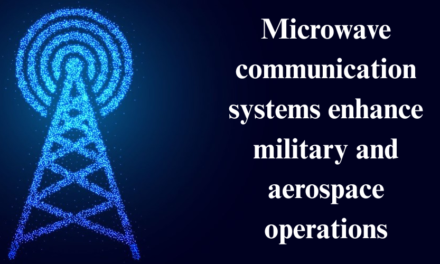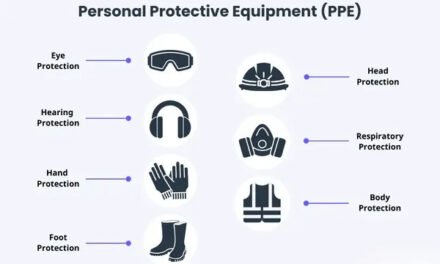Electronic warfare (EW) systems are critical in modern military operations, where the electromagnetic spectrum is a contested domain. These systems counter modern threats by disrupting, deceiving, and dominating enemy communications, radar, and weapon systems while protecting friendly assets. Here’s how they achieve this:
1. Disrupting Enemy Systems
- Electronic Attack (EA): EW systems can jam enemy radars, communication networks, and sensors, rendering them ineffective. This includes:
- Spot Jamming: Targeting specific frequencies used by enemy systems.
- Barrage Jamming: Flooding a wide range of frequencies to overwhelm multiple systems.
- Deceptive Jamming: Transmitting false signals to confuse enemy radar and create ghost targets.
- Anti-Drone Measures: EW systems can disrupt the control and navigation systems of enemy drones, preventing reconnaissance or attacks.
2. Protecting Friendly Forces
- Electronic Protection (EP): EW systems safeguard friendly communications, sensors, and radars against enemy jamming or interference. Methods include:
- Frequency Hopping: Rapidly switching communication frequencies to evade jamming.
- Adaptive Filters: Identifying and removing interference signals in real time.
- Low Probability of Intercept (LPI): Using radar and communication systems designed to avoid detection by enemy EW sensors.
3. Deceiving Enemy Systems
- Spoofing: EW systems send false information to enemy radars or communications, leading to incorrect situational awareness.
- Example: Creating decoy signals that mimic friendly aircraft or vehicles.
- Decoys and Countermeasures: Deploying physical or electronic decoys to divert enemy missiles or targeting systems.
4. Enhancing Situational Awareness
- Electronic Support (ES): EW systems monitor the electromagnetic spectrum to detect and analyze enemy transmissions, providing valuable intelligence and early warning of threats.
- Signal Interception: Capturing enemy communications and radar emissions for analysis.
- Direction Finding: Locating the source of enemy transmissions for targeting or avoidance.
5. Countering Advanced Threats
- Anti-Radar Systems: EW platforms detect and neutralize enemy radars, crucial in suppressing air defense systems (SEAD missions).
- Example: High-speed Anti-Radiation Missiles (HARMs) target radar systems guided by EW sensors.
- Hypersonic Missile Defense: EW systems track and disrupt the sensors and communications of hypersonic weapons, mitigating their high-speed threat.
- Cyber-EW Integration: Advanced EW systems integrate cyber capabilities to infiltrate and disable enemy networks remotely.
6. Enabling Network-Centric Warfare
- Data Fusion: EW systems contribute to real-time data sharing across platforms, enhancing battlefield coordination and decision-making.
- Battlefield Denial: By denying enemy access to the electromagnetic spectrum, EW systems can isolate adversaries and disrupt their operations.
7. Adapting to Emerging Technologies
- Artificial Intelligence (AI): AI-driven EW systems analyze complex electromagnetic environments and adapt strategies in real time.
- Quantum Radar Countermeasures: Developing techniques to counter emerging threats like quantum radar, which challenges traditional stealth technologies.
8. Applications Across Domains
- Air: Aircraft like the EA-18G Growler specialize in EW, neutralizing enemy air defenses and enabling safe operations for allied forces.
- Land: Ground-based systems protect vehicles and troops from IEDs, drones, and communication interception.
- Sea: Naval EW systems defend ships against radar-guided missiles and electronic threats.
- Space: EW systems in satellites monitor and counter threats in the increasingly militarized space domain.
9. Strategic Impact
- Force Multiplication: By neutralizing enemy capabilities, EW systems allow allied forces to operate with fewer risks and greater efficiency.
- Preemptive Advantage: Early detection and disruption of enemy communications and radar can prevent attacks and give friendly forces a decisive edge.
- Asymmetric Warfare: EW systems are essential for countering technologically advanced adversaries and mitigating the advantage of superior numbers.













